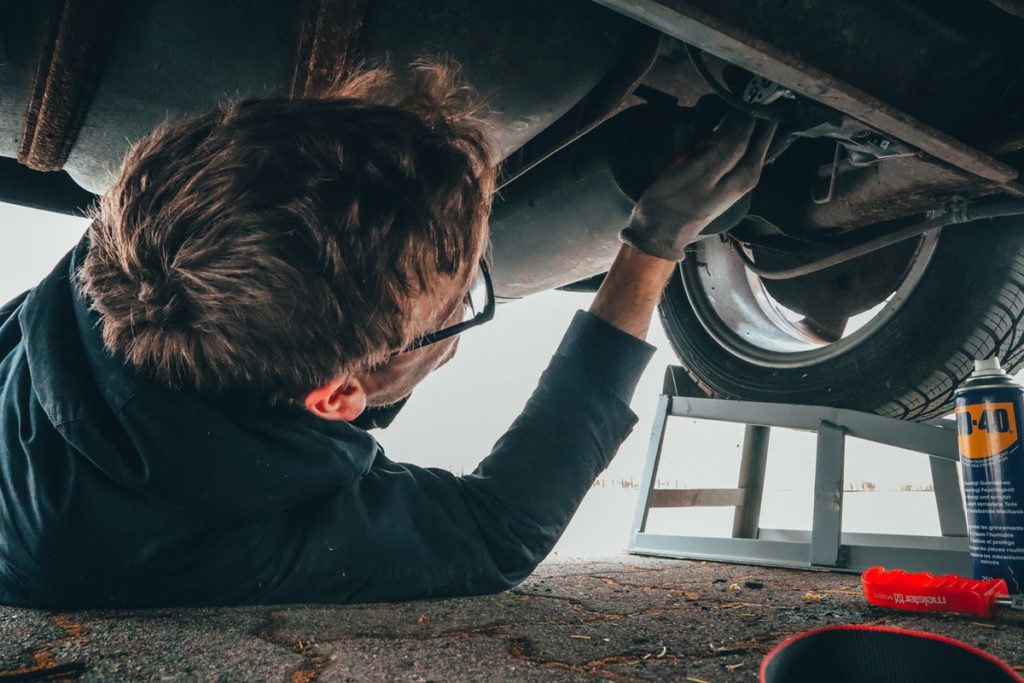Gearboxes are often subject to a lot of strain, no matter their operating conditions. While most gearboxes are built to withstand heavy use, man is yet to invent a completely efficient gearbox that never needs maintenance.
This is why, until science creates a maintenance-free gear, you need to maintain your gearbox once in a while. Here are some steps that you can do to keep them in top shape.
Avoid Overheating
According to most hobbing companies in Wisconsin, overheating is one of the fastest ways to degrade your gears, even if they’re custom-made to withstand the strain. Gearboxes can overheat for a couple of reasons, such as problems with the worn engine, foreign particles getting stuck in the machinery, or oil and/or fluid trouble.
While most of these problems can be solved via regular checkups and maintenance, these companies also advise checking what situations cause these failures to begin with. While it’s reasonable for engines to see some wear and tear over time, it’s often overworking them or straining them past operational limits that can overheat them.
Check for Faulty Installation or Parts
Another thing that necessitates gearbox repair often comes on the heels of another repair job. When replacing gears in a gearbox, there’s a tendency to use generalized parts instead of fitted ones, since they cost less and are readily available. There’s nothing wrong with doing this either (in fact it’s much preferable in for quick fixes when it comes to industrial gearboxes) but the problem arises when it becomes a permanent fix.
While it is possible for general replacement parts to take care of the basic demands of a gearbox system, prolonged use of these parts can lead to a cascade of gear failures. If your gearbox needs some parts replaced because of wear and tear, you should get the parts that are designed for it. Even better, have custom ones made.
Listen and Feel

Most of the time, gearbox troubles can be detected early by listening to the engine while it runs. However, since most gearboxes also operate in perpetually noisy environments, it can be easy to miss these telltale signs of disturbance until it’s too late to matter. In this case, running diagnostics on an isolated gearbox should be a mandatory procedure to detect problems early.
If the engine happens to have an occupant behind it, it’s also possible for them to feel the vibrations that faulty gearboxes can emit. In this case, personnel training and awareness are vital to catch faulty gearboxes before they fully break down. While this will need additional training and investment on part of the company, the cost of catching a malfunctioning gearbox early can save plenty in repair costs.
Proper training with the machine and regular maintenance of the gearbox can help mitigate a lot of potential issues, but familiarity with its operation and the conditions present can avoid these problems altogether. It’s critical for both operators and mechanics to understand the factors that can lead to gearbox malfunction, so addressing the problems that do arise becomes more manageable.

